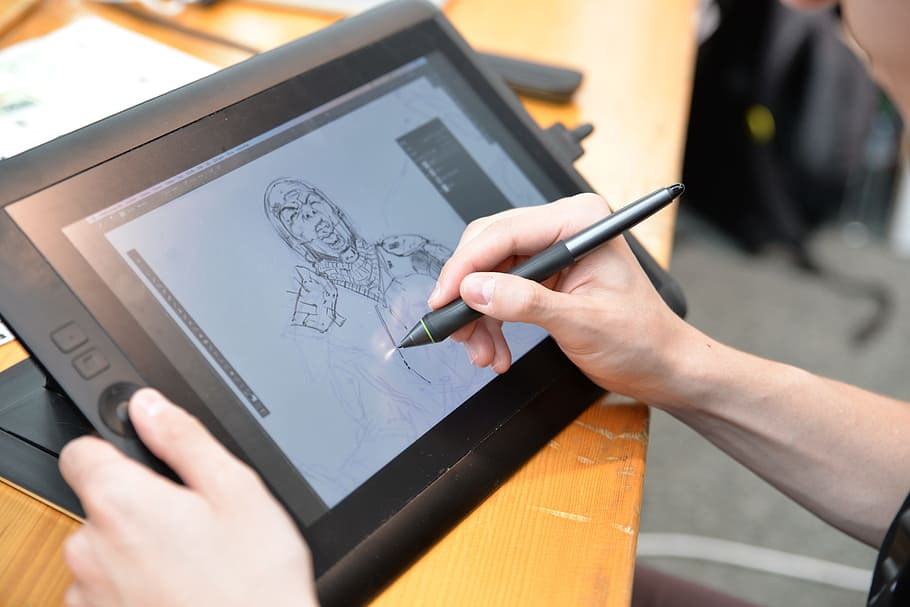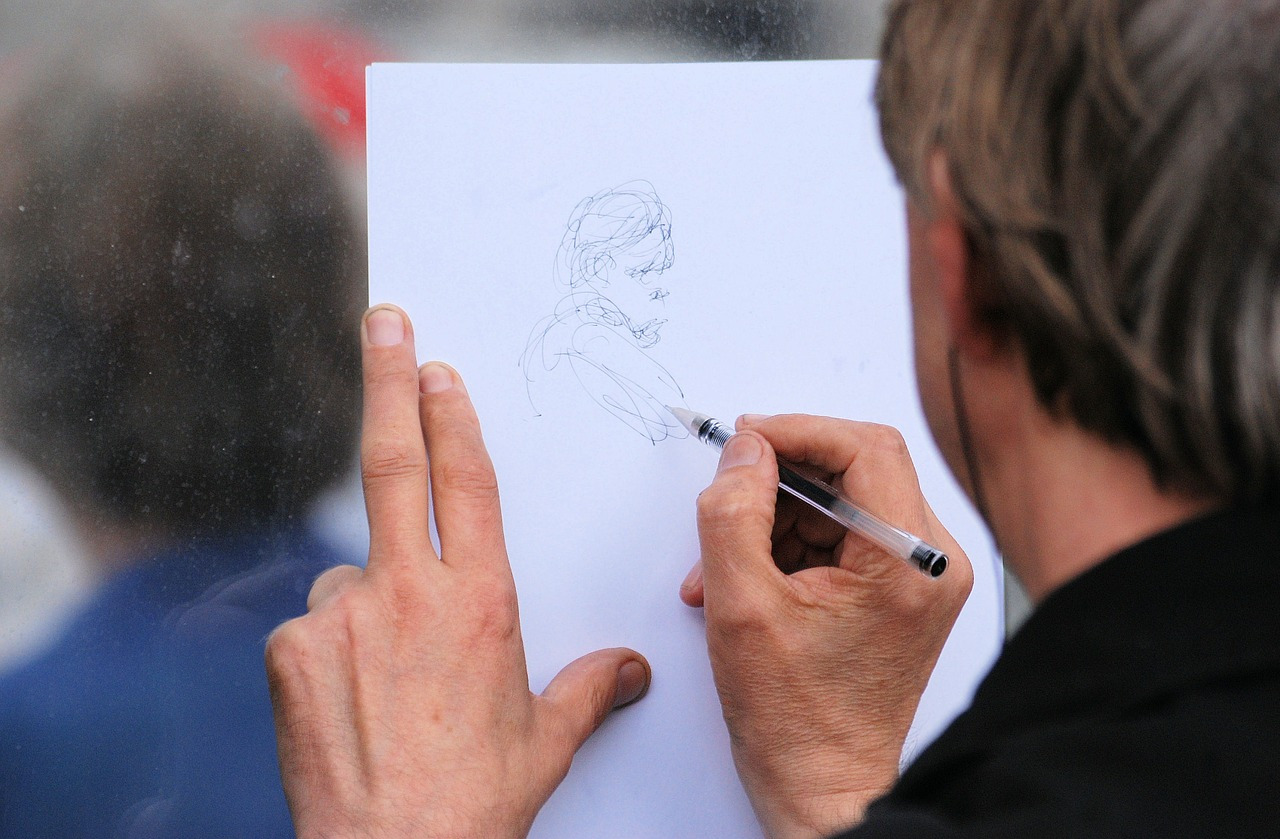As an animator, you need to create engaging visuals to tell a story. From creating characters to developing scenes to finalizing the animation, your day may vary depending on the project.
If you want to pursue this career, delve into the article below. It will show what happens in a typical day in the life of a 2D animator. Let’s explore right now!
Who is a 2D Animator?
A 2D animator is a professional specializing in creating 2D animations. They use different techniques to bring static images to life, creating movement and adding emotion to characters.
They can create animations for various mediums, like television shows and video games. The job of a 2D animator involves many tasks. They start by creating storyboards, a series of sketches that outline the various animation scenes.
Once the storyboards are approved, the animator creates the actual animation. It involves drawing each animation frame by hand or using computer software.

A Day In The Life Of A 2D Animator
If you work in this creative field, below is what you may do every day. Keep reading to understand the daily routine of 2D animators, from the morning routine to after-work activities!
The morning routine of a 2D animator is vital to set the tone for the rest of the day. Here is what their typical morning looks like!
Arrive at The Studio or Set Up a Home Workspace
The first thing a 2D animator does in the morning is to arrive at the studio or set up their home workspace. Some animators prefer to work from home, while others work in studios.
If 2D animators work in a studio, they often arrive early to set up their workspace. It involves turning on the computer or laptop, setting up the drawing tablet, and organizing the software they need to use.
If an animator works from home, they will set up their workspace independently. Before starting the day’s work, they will ensure everything they need is in place.
Review and Plan The Day’s Tasks
After setting up their workspace, the next thing 2D animators do is review and plan the day’s tasks. Animators usually work on multiple projects simultaneously. So they must prioritize their work.
They check their emails and messages to see if they must do any urgent tasks first. They also review the previous day’s work and plan what to do next. They often make a to-do list and set realistic goals.
Brainstorm and Concept Development
Animators brainstorm and develop project concepts after reviewing and planning their daily tasks. They usually spend time researching, sketching, and experimenting with different ideas.
They also consult their colleagues or clients for feedback and suggestions. This phase is essential because it establishes the tone for the day’s remaining tasks.

The afternoon routine of 2D animators is filled with various tasks that require focus, collaboration, and creativity.
Animation Production
After lunch, a 2D animator jumps right into production mode. It’s when they create animations based on the storyboard and character designs.
The animator works closely with the lead animator and director. This way, they can ensure that every frame is perfect with the project’s style and vision.
The animator uses various software tools to create animations, including Adobe Animate, Toon Boom, and TVPaint.
It’s the time the animators must be highly focused and attentive to detail, as even the slightest mistake can ruin the entire sequence.
Collaboration and Feedback
Animation production is not a one-person job. It involves collaboration with other animators, designers, and directors. During the afternoon, a 2D animator attends feedback sessions where the team reviews and critiques the animations.
It is a crucial part of the animation production process. It helps these animators identify and fix any issues or inconsistencies. Feedback sessions also allow them to receive constructive criticism and improve their skills.
Breaks and Relaxation
While animation production and collaboration are essential, taking breaks and relaxing are equally important. Afternoon breaks are crucial for re-energizing, re-focusing, and reducing stress.
A 2D animator takes short breaks after every hour or so to stretch, walk around, and take their eyes off the screen. Some animators also use this time to socialize with colleagues or play games.
Relaxation and breaks help the animator maintain their creativity, focus, and productivity throughout the day.

After Work
Like other professions, 2D animators often head home and take a break after a long day of work. They may spend time with family and friends or pursue their hobbies.
However, many 2D animators are passionate about their work. So they may continue working on personal projects in their free time.
Besides, they may attend industry events to network with other professionals. It’s also an excellent way to stay up-to-date on the latest trends in this industry.

Essential Skills
2D animation is a complex and exciting field that requires a unique set of skills. A successful 2D animator must have the following abilities.
Ability to Picture Abstract Concepts
A 2D animator must be able to imagine abstract concepts and transform them into a visual medium. They should be able to understand complex ideas and turn them into animated scenes that tell a story.
A 2D animator must have a strong sense of visual storytelling. They should be able to convey their character’s emotions and actions through movement, expression, and visual cues.
They must also understand the importance of pacing, timing, and continuity to create a seamless and engaging story.
Drawing Ability & Artistic Mindset
2D animators should be able to draw characters and backgrounds in various styles and genres. They understand color theory, composition, and perspective.
Ability to Draw in Various Styles and Genres
A 2D animator must adapt their drawing style to suit the project’s needs, whether a cartoon or a realistic style.
Familiar with Various Animation Software and Techniques
A 2D animator must have experience with software like Adobe Animate, Toon Boom, and TVPaint. They must be familiar with traditional animation techniques. They may involve hand-drawn animation and frame-by-frame animation.
In A Nutshell
A 2D animator’s life is both demanding and fulfilling. Every part of the day is dedicated to creating amazing animations, from the morning routine to after-work activities.
A strong work ethic and a love of creativity are prerequisites if you are passionate about this industry; therefore, you can excel in this intriguing area with perseverance and hard effort.
